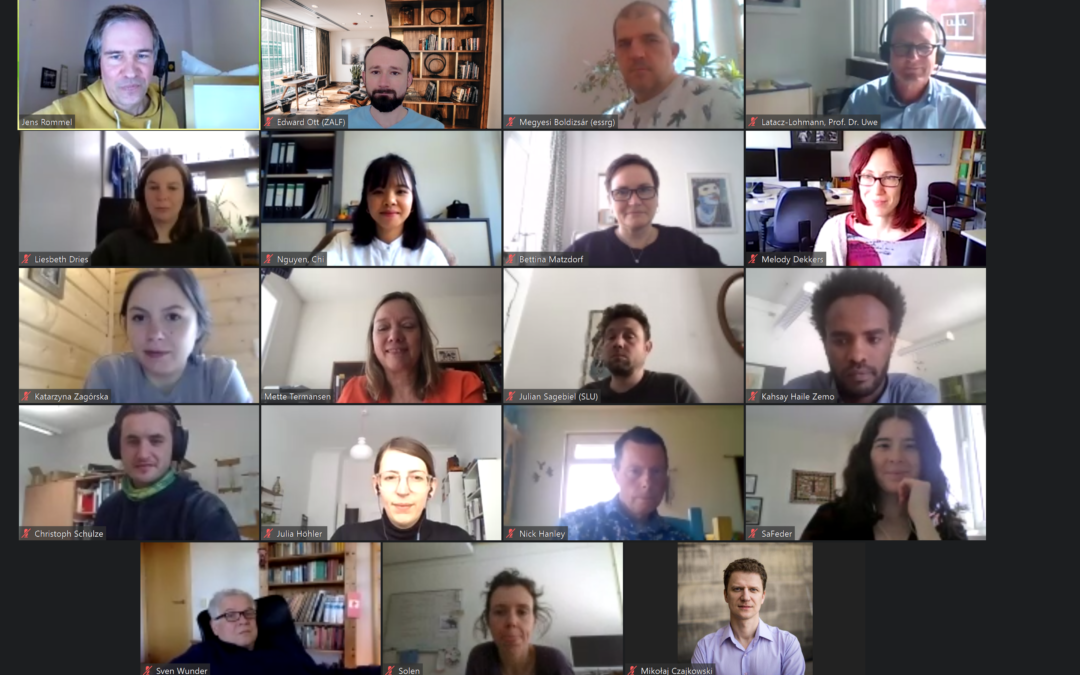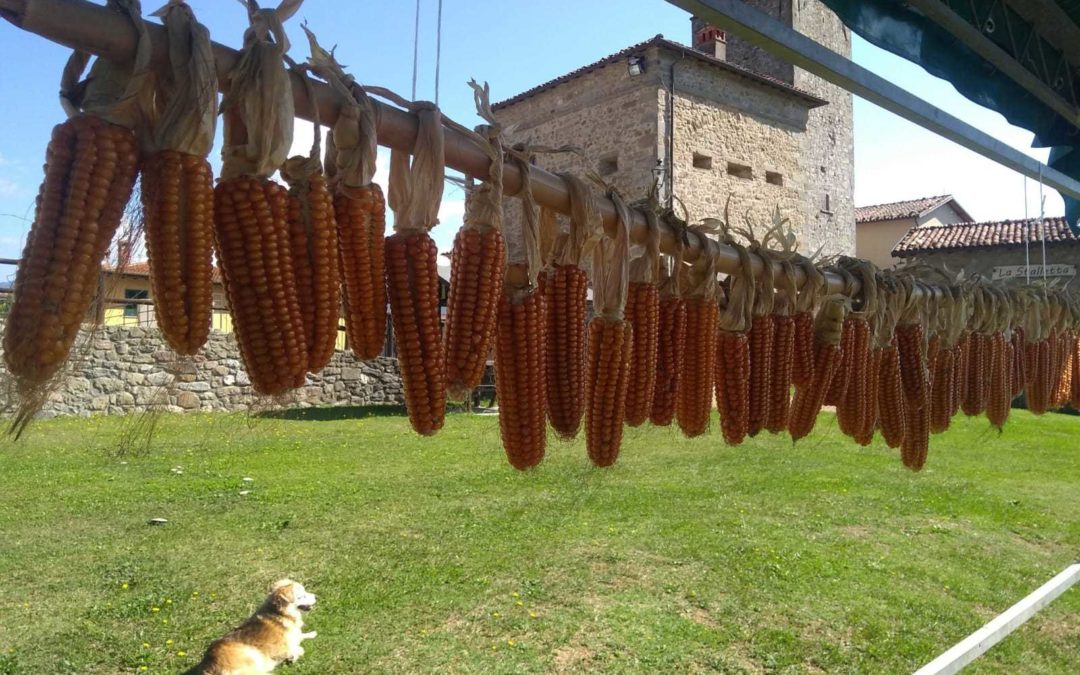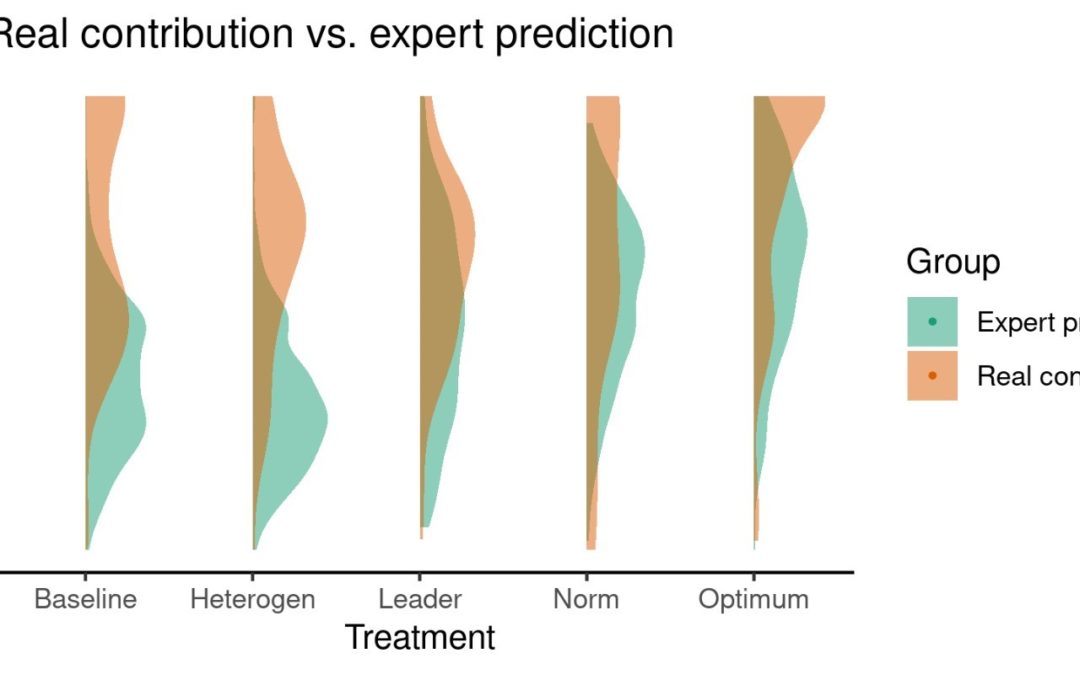
Co-designing experiments – EFFECT and Contracts2.0 discuss experiences
Contracts2.0 and EFFECT projects discussed in a jointly organized 3-hour workshop their experiences with co-designing behavioral experiments and discrete choice experiments on 23 April 2021. Following an introduction round, two short presentations from each project reflected on the experience of involving stakeholders in experimental research design. In the second part of the workshop, the participants deepened the exchange on experimental methods in four breakout groups. Finally, the breakout groups reported back to the plenum and discussed the next steps.
Some of the discussed advantages of co-designing experiments were:
- access to unique knowledge and new ideas,
- co-learning opportunities,
- increased relevance and impact,
- acknowledgement of diverse perspectives,
- greater accessibility and acceptance.
Some of the discussed challenges of co-designing experiments were:
- simplified abstract experimental design are difficult to communicate,
- reluctance to engage in something perceived as a threat (e.g., increased monitoring or sanctions),
- “speaking the same language”,
clarifying mutual expectations and motivations, - different time horizons and resource availability.



